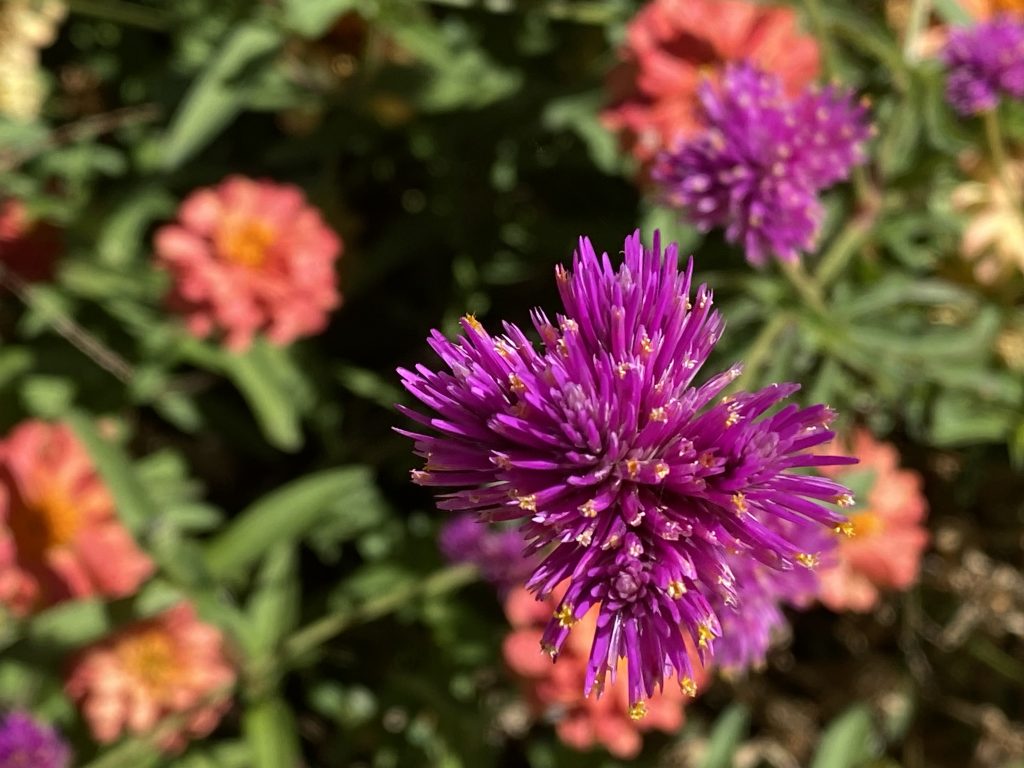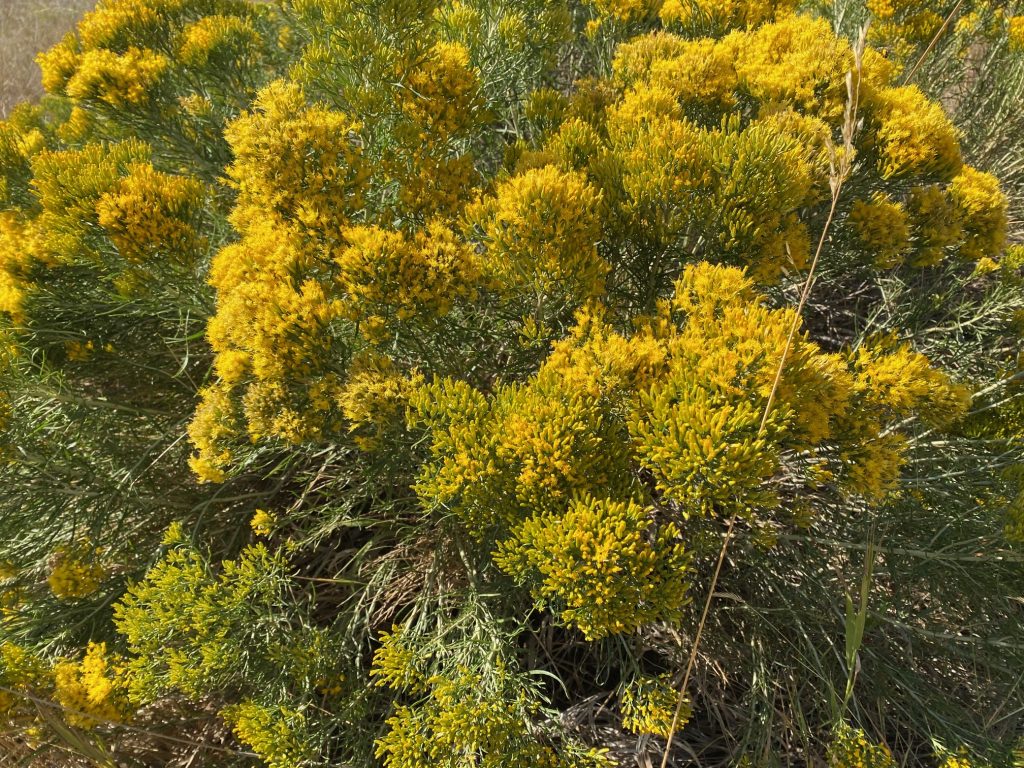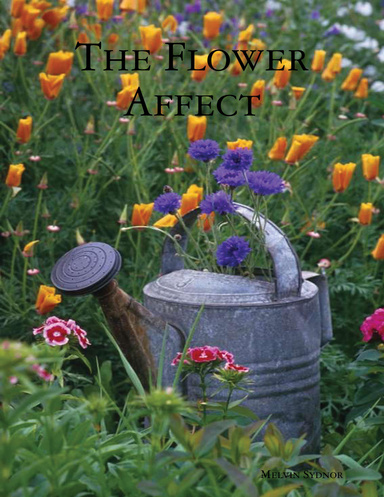
The Globe Amaranth, a unique and vibrant flower, traces its origins to Central America and South America. It was introduced to North America and Europe in the 1700s, where it has been cultivated in gardens for centuries. Known for its resilience, the Globe Amaranth thrives in sunny conditions, tolerating heat and humidity well. It prefers consistent moisture but can withstand drought due to its long taproot. This plant’s colorful blooms not only add aesthetic value to gardens but also hold significance in traditional medicine and are a source of betacyanins for the food and cosmetic industry. Cheers







